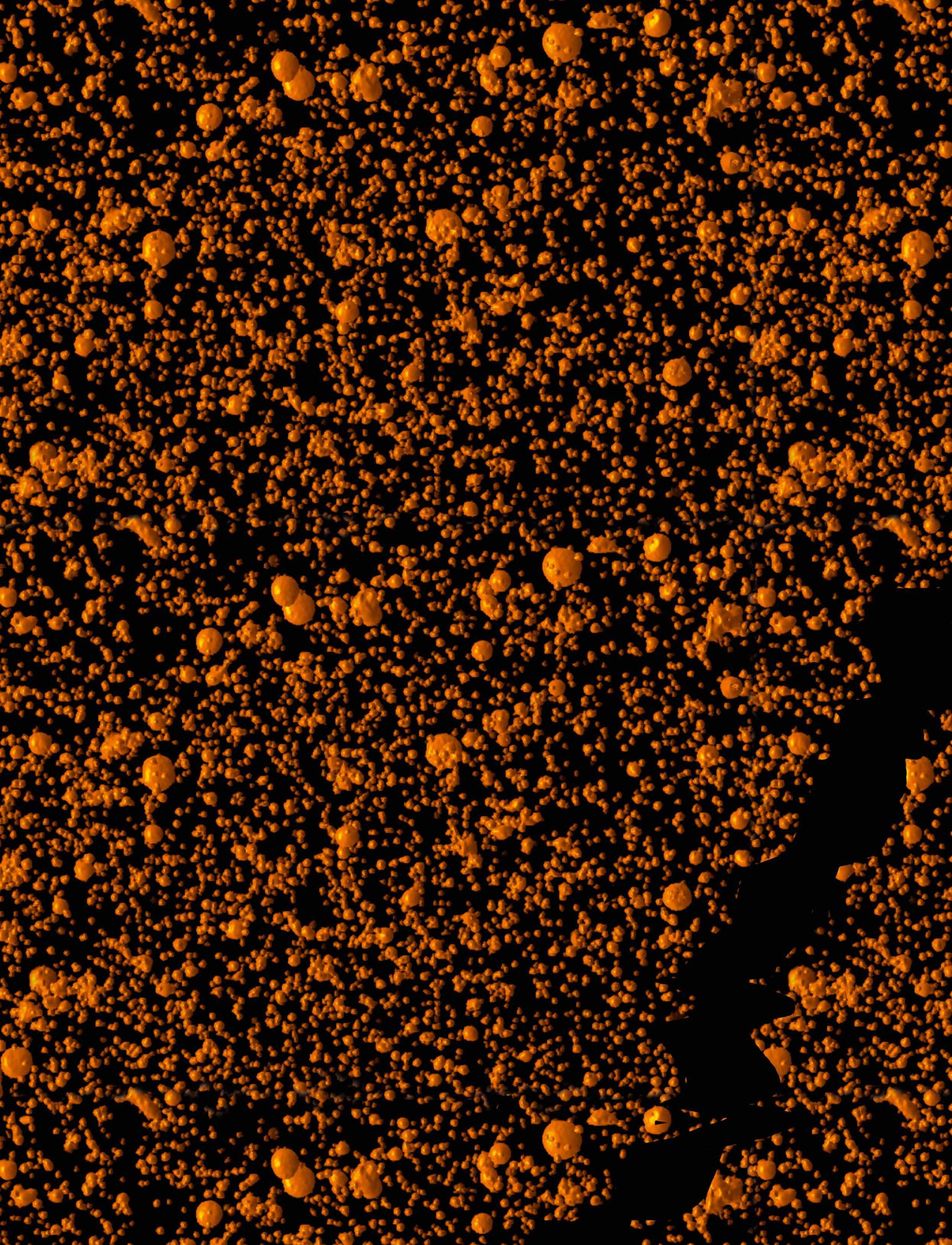Perspectives on integrable systems of infinite dimension Integrable systems of infinite dimension like the non-linear Schrödinger equation play a prominent role in the nonlinear applied sciences and are connected to many other subfields of mathematics. We spoke to Professor Thomas Kappeler about his research into solving these equations and analyzing the stability of solutions, which could open up new avenues of investigation. The concept of
an integrable system arose in the 19th century in the context of finite dimensional classical mechanics. Over the last 50 years or so researchers have started applying it to study systems with an infinite number of dimensions such as partial differential equations. Based at the University of Zurich, Professor Thomas Kappeler, together with his colleagues, is investigating a number of such equations, including the Korteweg-de Vries equation, the non-linear Schrödinger equation, the sine-Gordon equation, and the Benjamin-Ono equation. “These evolution equations in one space variable not only model a wide variety of wave phenomena, but astonishingly turn out to be useful in many other areas of the applied sciences such as fiber optics, crystallography or molecular biology,” he outlines. The common characteristics of these equations are that they are nonlinear and have infinitely many conservation laws. “Most strikingly,” explains Professor Kappeler “they admit solutions with specific features, relevant in applications, which cannot be observed in solutions of linear equations.”
Method of solving integrable systems A powerful method of solving finite dimensional integrable systems consists in constructing special coordinates so that when expressed in these coordinates, the equation takes a particularly simple form.
74
This method is referred to as the method of normal forms. It allows researchers to solve the considered equation explicitly and to study the properties of its solutions, such as being periodic or quasi-periodic in time. It also allows researchers to answer questions concerning the confinement of the orbits of its solutions. Similarly, for infinite dimensional
In the cases considered, it can be shown that the transformations found share many properties with the Fourier transform and are in fact perturbations of the latter. Surprisingly, they allow us also to obtain solutions of very low regularity by providing a means of extending nonlinear expressions which come up in these equations.”
Integrable systems of infinite dimension not only model a wide variety of wave phenomena, but turn out to be useful in many other areas of the applied sciences such as fiber optics, crystallography or molecular biology. linear systems, given by partial differential equations with constant coefficients, the renowned Fourier transform is such a change of coordinates. Very early on, the question arose whether the method of normal forms can also be developed for nonlinear integrable systems of infinite dimension. It turns out that for many of these equations, this is indeed the case, but that the transformation depends in a significant way on the equation considered. “One of the goals of my research,” says Professor Kappeler, “is to further develop the method of normal forms for solving nonlinear integral systems of infinite dimension in a setup where the space variable is periodic and to apply it to study properties of their solutions, such as their long time behaviour.
Stability The second part of the research centres on investigating the stability of the solutions of infinite dimensional integrable systems. “The two parts of this research are actually closely related,” says Professor Kappeler, ”since the normal form method is of great use for studying questions of stability. There are two types of stability issues. Both are relevant for applications when solutions of such equations are used to make predictions.” The first concerns the stability with respect to initial conditions. “If you change the initial conditions a little bit, do you get a solution which stays nearby? And if so, for how long? It turns out that the normal form method can help answer such questions,” explains
EU Research






























